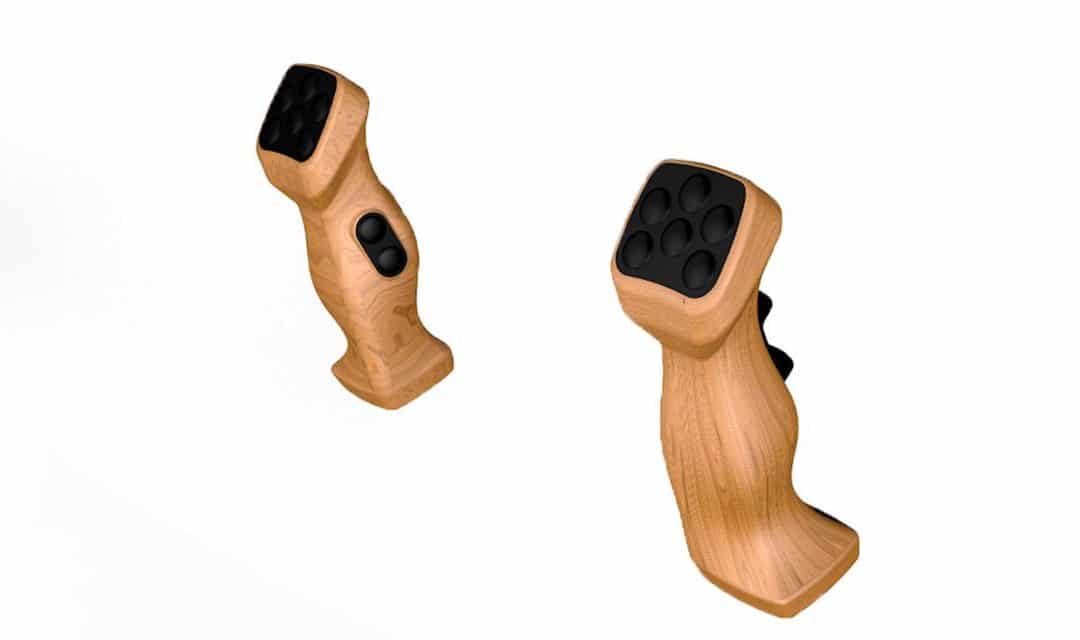Please note: Our texts are translated automatically. Errors may occur during this process.
The two sidesticks and their electrical functions are the essential link in the HMI (Human Machine Interface) between the pilot and the TWIKE 5. Mechanically, these transmit the steering command from the hands to the front axle via the linked control arms and thrust links. The levers are mechanically linked to each other and thus allow one-handed steering. In terms of driving dynamics, the steering will drive straight ahead without an active steering command, as is familiar from the use of conventional passenger cars. During normal operation, the hands rest on the ergonomically adapted handle bodies and at the same time enable the thumb, index and middle fingers to communicate the regularly requested driving commands.
For example, an electrically redundant Hall sensor on the front side of the right sidestick records the acceleration request, which leads to an increase in speed when pressure is applied with the index finger. When pressure is applied to the lower part of the encoder, the electric drive recuperates and the speed is reduced. If neither finger gives a command, the vehicle will only coast and will not be actively accelerated or decelerated by the drive.
According to previous experience from the TWIKE 3, a driving condition that is often desired will be driving at a constant speed. This cruise control function is activated on the front of the left sidestick by briefly clicking an upper button with the index finger. Pressing this button for a longer time increases the target speed of the cruise control, which can be read as a numerical value in the display. The lower button deactivates the cruise control, reduces the target speed of the cruise control or sets a so-called hill descent cruise control.
These explanations represent only an excerpt of the functionalities of these two sidesticks. The complete description is an essential basis of the EE architecture (electrical-electronic architecture), which is currently being worked on intensively in order to be transferred to the driver test vehicle after laboratory construction.
